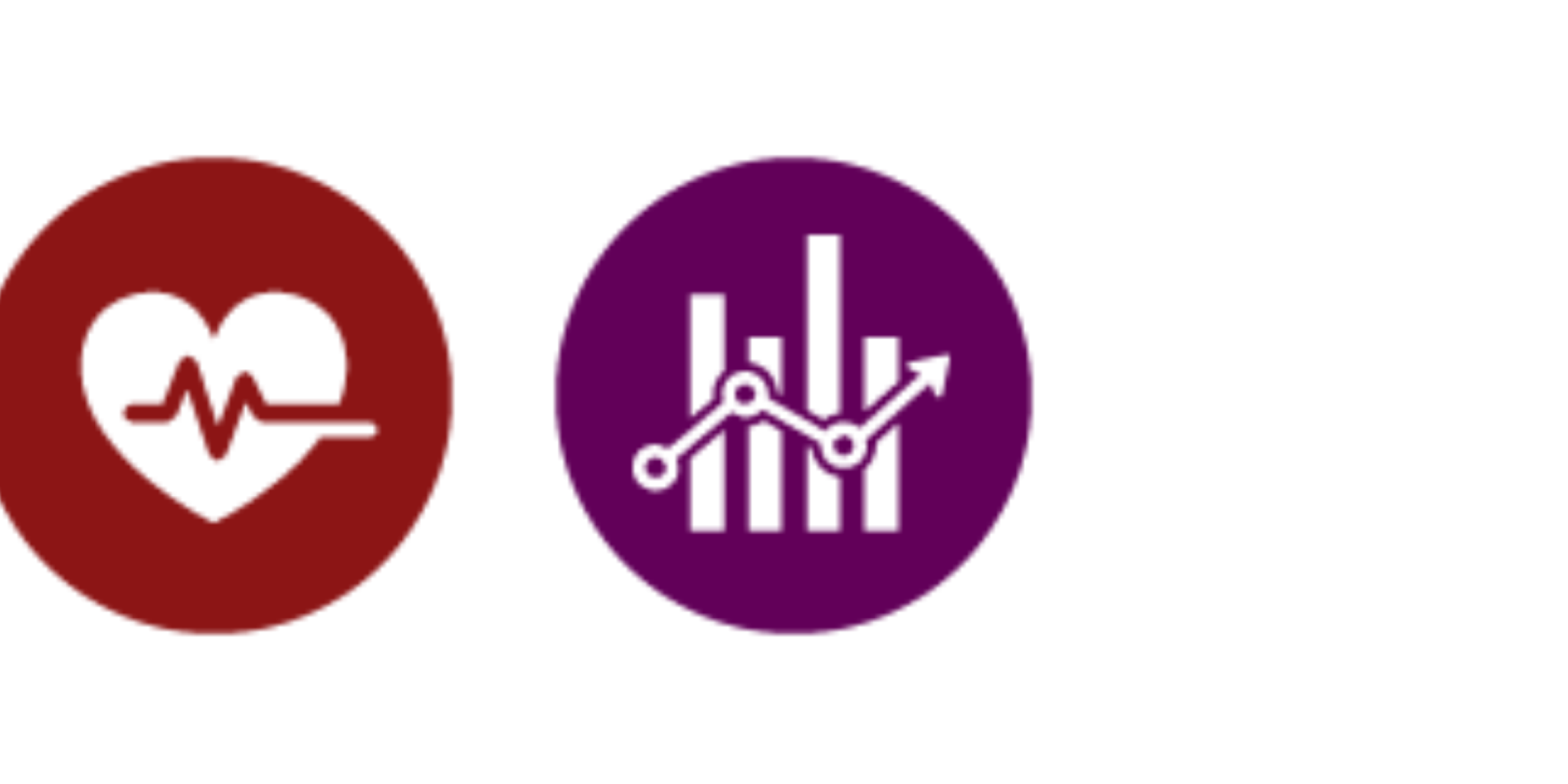Model student

When Ella Tessier-Lavigne, ’20, learned last spring that researchers in the infectious disease lab of Stanford Assistant Professor Erin Mordecai were modeling how social distancing measures could impact the spread of COVID-19, she reached out right away to see if she could help.

Tessier-Lavigne, who studied symbolic systems with a concentration in neuroscience as an undergraduate student, had become increasingly interested in the environmental drivers of health, a main feature of Mordecai’s research, and she was eager to participate in the study of an ongoing public health crisis.
“Once the pandemic started, everything began to feel a little more urgent,” Tessier-Lavigne explains. “Now is the time to be working on problems that are affecting a lot of people.”
In March, Mordecai and her team began modeling the way non-pharmaceutical interventions such as social distancing could help “flatten the curve” of COVID-19 transmission. Their work had already received attention from the media and local public health officials when Tessier-Lavigne came on board with funding from the King Center on Global Development’s Undergraduate Field Research Assistant Program, a unique model that compensates undergrads for their research with King Center affiliated faculty.

Tessier-Lavigne worked with Mordecai lab member and PhD student Mallory Harris, who was conducting a deeper analysis of the pandemic in the state of Georgia, including how cell phone data on mobility correlated with stay-at-home orders and county-level demographics.
Mordecai says the COVID-19 research—and the research of her lab more generally—aligns with the King Center’s mission to improve the lives of low-income people around the world. One of the project’s goals is to understand the causes of health inequities. Mobility during the time of the coronavirus may be one way to assess socioeconomic status—some people may not be able to shelter in place because their economic livelihoods depend on them going out, even at their own and others’ risk. Most infectious diseases have a greater impact on people at the margins of society, Mordecai says.
“What we’ve learned is that it doesn’t really matter what the infectious agent is—it’s almost always disproportionately affecting the most vulnerable people,” Mordecai says. “Everything about this is harder for people facing those structural inequalities.”
Part of Tessier-Lavigne’s work was to compare data on human mobility to social distancing orders to see if the orders led to reduced mobility and if that, in turn, led to reduced transmission.
The team is still analyzing the results, but the data do support the idea that social distancing orders affected mobility in Georgia. Mordecai and Harris have a personal connection to that state, where they are both from, but their model has also been used in low- and middle-income countries—including India and Pakistan—to better understand COVID transmission there (Mordecai’s lab made their model and code publicly available so anyone can use it, even without the lab’s involvement).
In the United States, Georgia is also ripe for examination because the governor waited so long to issue a state-wide stay-at-home order—and then lifted it so early—that local counties had to make their own decisions about how to respond to the virus and when.
“It serves as an interesting case study,” Harris explains.
A Knight-Hennessy Scholar, Harris also had the opportunity to intern with Mordecai as an undergraduate. She says working with Tessier-Lavigne was a “full-circle” experience.

“I was an undergraduate being mentored a few years ago, and now I’m getting to pay that forward in the same lab,” she says, adding that working with Tessier-Lavigne “spoiled” her. “A lot of what we did was back-and-forth brainstorming: What question do we have about this next? She was super willing to learn new things.”
Tessier-Lavigne is currently pursuing a coterminal master’s degree in Earth Systems and says the experience of working in Mordecai’s lab solidified her interest in epidemiology. The King Center’s funding made working in Mordecai’s lab over the summer more feasible, Tessier-Lavigne says, adding that she was considering turning down the role to take a paid position elsewhere when she learned of the center’s Undergraduate Field Research Assistant Program.
“This was the thing I was more interested in,” she says. “Getting the funding was really helpful.”
She also appreciated the opportunity to work with near real-time data. For instance, when the New York Times published an article in July about mask use, Tessier-Lavigne obtained the data set used in the piece and “started playing around with it.”
“It was cool to see how flexible this type of research can be,” she says.
Please note that prior to January 2024, the King Center’s Undergraduate Research Fellow Program was known as the Undergraduate Research Assistant Program.

